The owner’s bill of lading refers to the ocean bill of lading (Master B/L, also called Master bill, ocean bill, referred to as M bill) issued by the shipping company. It can be issued to the direct shipper (at this time, the forwarder cannot issue the bill of lading) or to the forwarder (at this time, the forwarder sends the bill of lading to the direct shipper).
Forwarder bill of lading (House B/L, also called the bill of lading, H single), should be called in a strict sense NVOCC (level 1 freight forwarders, China since 2002 the qualification authentication, forwarding to the delivery of the deposit bank can be specified in the department of transportation approved) bill of lading, is approved by the ministry of communications and for the record obtained NVOCC (Non vessel operating common carrier) qualification of bill of lading issued by freight forwarders, general is issued to direct the owner;
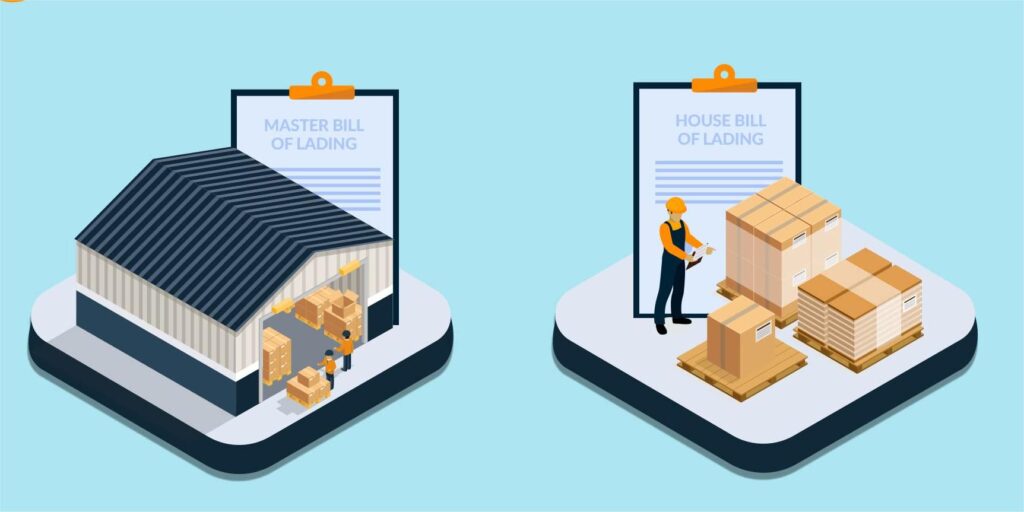
Sometimes a bill of lading is used by a trade, in which case the bill of lading is issued to the trade, which in turn issues its own bill of lading to its immediate shipper.
Now the export is generally more House orders, especially to Europe and America.
Both bills of lading are acceptable to the bank as negotiation documents for the exporter.
The difference between the two
1. The contents in the column of SHIPPER and CONSIGNEE on the bill of lading are different.
The SHIPPER of the bill of lading is the actual exporter (direct owner), and the CONSIGNEE usually fills in the same column of the shipping order in accordance with the provisions of the letter of credit, usually “TO ORDER”;
When the M order is issued to the actual exporter, the SHIPPER shall fill in the exporter, and the CONSIGNEE shall fill in the contents of the consignment order.
When issued to the forwarder, the SHIPPER shall be the forwarder and the CONSIGNEE the forwarder’s agent at the port of destination.
2. Procedures for changing documents at destination port are different.
As long as you hold the M order, you can directly go to the shipping agency of the destination port to exchange for the import bill of lading. The procedure is simple and fast, and the cost is relatively fixed and cheap.
The holder of H order must exchange for M order at the forwarder at the port of destination before he can get the bill of lading and go through customs clearance and pick-up procedures. However, the cost of changing the order is relatively expensive and variable, which is entirely decided by the forwarder at the port of destination.
3. As an ocean bill of lading, document M is the most basic and true document of property right. The shipping company will deliver the goods to the consignee indicated on document M at the port of destination.
If the exporter gets the H order, it means that the actual control of the goods shipped is in the hands of the forwarder (at this time, the consignee of the M order is the forwarder’s agent at the port of destination). If the forwarder company goes bankrupt, the exporter (importer) cannot pick up the goods with H one-way shipping company.
4. For FCL goods, both M order and H order can be issued, while LCL goods can only be issued H order, because the shipping company will not help the shipper to LCL, and will not help the shipper to separate the goods at the port of destination.
5. The B/L number of the general freight forwarding bill does not enter the customs manifest management system, which is different from the B/L number on the import declaration form;
There is the name and contact method of the replacement company on the forwarder B/L, and the contact company is not the foreign agent or port shipping agent.
The H-sheet also has the following benefits
1. For FOB terms, freight collect business, usually the forwarder needs to send the consignee of the main bill to the agent at the port of destination, and then the forwarder will send the separate bill to the customer, and the destination agent will collect the freight from the consignee in the future.
On the one hand, the shipping company has certain restrictions on freight collect. In addition, the price difference between the shipping company’s price and the price quoted to the customer is not easy to deal with if only the main order is issued.
Agents can deal with this problem in a very different way.
2. For DDU and DDP business, the shipping company will only be responsible for the freight to the port of destination. If the shipper requires the forwarder to do a one-stop service, then the forwarder needs to give the sub-bill, the main single to his agent in the port of destination, and the agent is responsible for customs clearance, delivery and even tax pad at the port of destination.
This is the current popular door to door service, the forwarder is responsible for the delivery of goods from the shipper’s door to the consignee’s door.
3. For the business of triangle trade, the domestic forwarder will require the shipping company to issue the whole main order to themselves, and then issue a set of sub-orders where the consignor is the supplier and the consignee is the middleman;
And then in the place where the middleman is called SWITCH BILL OF LADING, which means the shipper OF the BILL OF LADING is the middleman, the consignee is the actual port OF destination OF the consignee’s BILL OF LADING.
4. For the small goods of several customers, put together a container to the same port of destination, then the forwarder will adopt the practice of one main order and multiple points, that is, CONSIGN the consignee of the main order to the agent of the port of destination, and then issue several sub-orders to each customer, the sub-order number is 001A, 001B, 001C…
In the future, the agent of the destination port will take out the container, and the customer will pick up his part of the goods after the customs clearance of the sub-documents at the destination port.
5. Under the L/C payment method (the L/C also stipulates that the H order is acceptable), if the exporter fails to produce the goods within the specified delivery period and fails to ship the goods on time, he/she can request the forwarder to issue the HB/L and reverse the B/L. Of course, the forwarder will require the issuance of a letter of guarantee.
The picture
MBL and HBL processes
1. The SHIPPER sends the shipping document to the FORWARDER, indicating FCL or LCL.
2. The FORWARDER booked the cabin with the shipping company and the ship was ON BOARD.
Shipping company issues MBL to FORWARDER.
The SHIPPER of MBL is the FORWARDER of the port of departure, while Cnee is generally the branch or agent of the port of destination of FORWARDER.
3. Fowarder signs HBL to Shipper.
HBL SHIPPER is the real SHIPPER.
CNEE usually makes letter of credit is “TO ORDER”.
The goods arrive at the port of destination after the ship leaves.
5. Forwarder will send MBL via DHL/UPS/TNT to branch at the port of destination.
(Including: Custom Clearance Docs)
6. After getting the B/L, the SHIPPER shall submit the B/L to the domestic negotiating bank and settle the exchange within the delivery period.
If we do T/T SHPPER, we will directly send the documents to the foreign customers.
7. Negotiating bank shall deliver the full set of documents to opening bank for settlement.
8. Consignee’s payment to the issuing bank.
9. The FORWARDER at the destination port takes the MBL to the shipping company to change the order, pick up the goods and clear the customs.
10. Consignee takes HBL to FORWARDER for delivery.
Differentiation between freight forwarding bill of lading and owner’s bill of lading
The surface distinction of forwarder’s bill of lading and shipowner’s bill of lading: it can be distinguished from CARRIER’s or FOWARDER’s bill of lading from the title.
It is known by large shipping companies, such as EISU, PONL, ZIM, YML, etc.
The difference between shipowner’s bill of lading and forwarder’s bill of lading is mainly from the following aspects:
1. Freight Forwarder’s B/L (HB/L) Bill of Lading is not acceptable if there is no special provision in the credit.
2. The forwarder’s bill of lading and the owner’s bill of lading are mainly divided into order and signature.
Issuer and signature of shipowner’s bill of lading, ISBP and UCP600 clearly stipulate that the carrier, captain or their named agent signed and issued, the title of which is the name of the shipping company, some big shipping companies, such as EISU, PONL, ZIMU, YMLU and so on.
The forwarder bill of lading is only issued in the name of the forwarder, do not have to show the name of the carrier, do not have to show that it is the carrier, the captain’s agent.
Finally, forwarder bill of lading, there was a general freight forwarders bill of lading, namely general freight forwarders bill of lading, AS long AS they have agent at the port of destination, or can lend agent, can sign the bill of lading, the bill of lading is not very strict norms in practice, the AS CARRIER or AS the seal of the AGNET, part of the forwarder is not standard, backdating and advance, false data may be, gullible and such bill of lading, were determined.

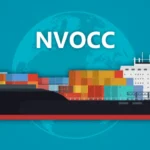
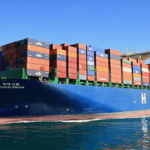


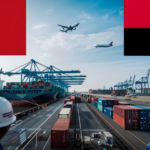

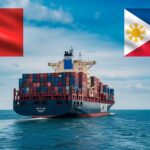
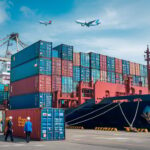
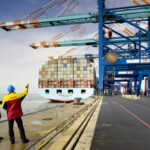
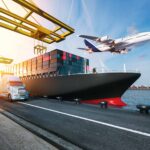
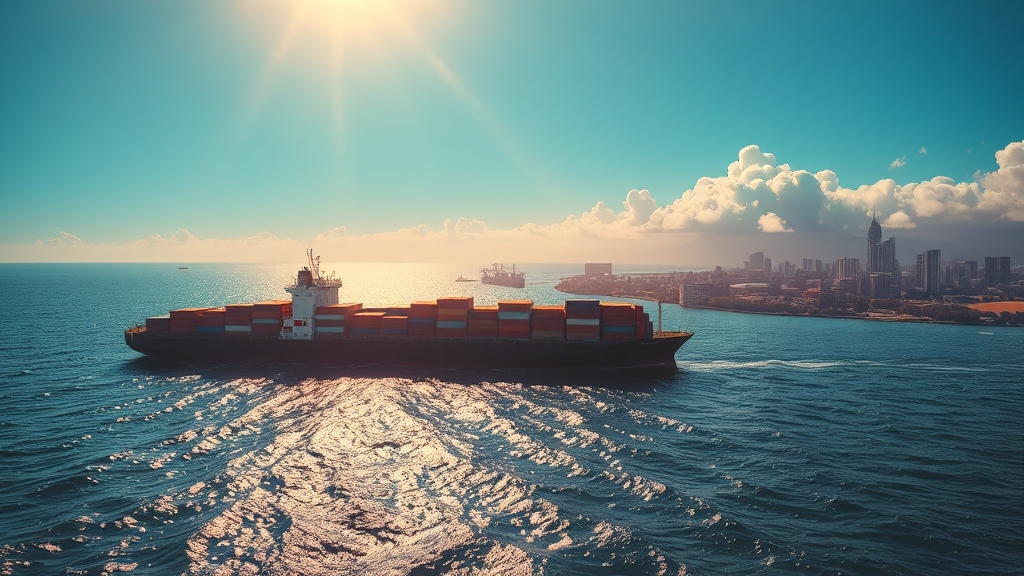
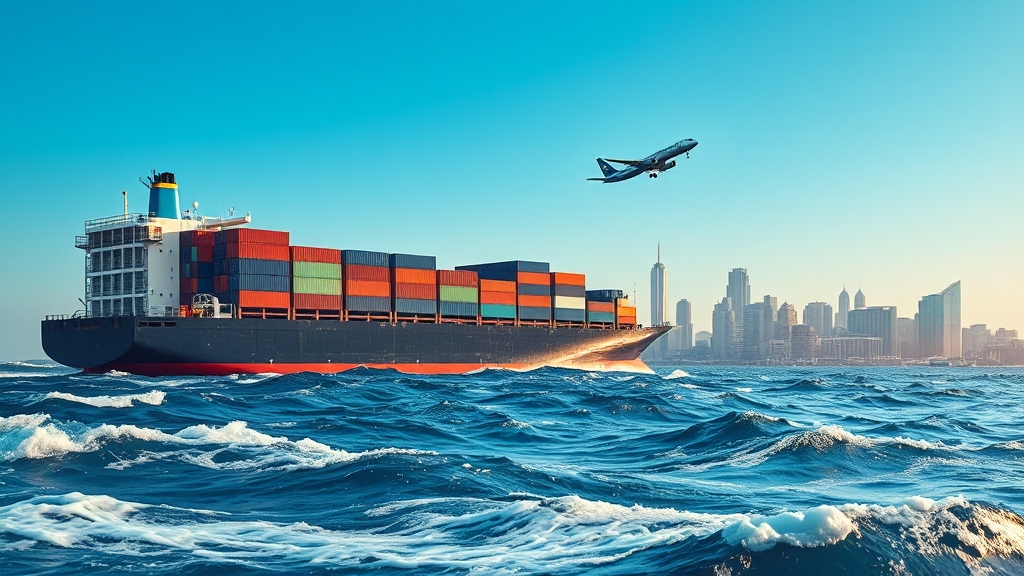
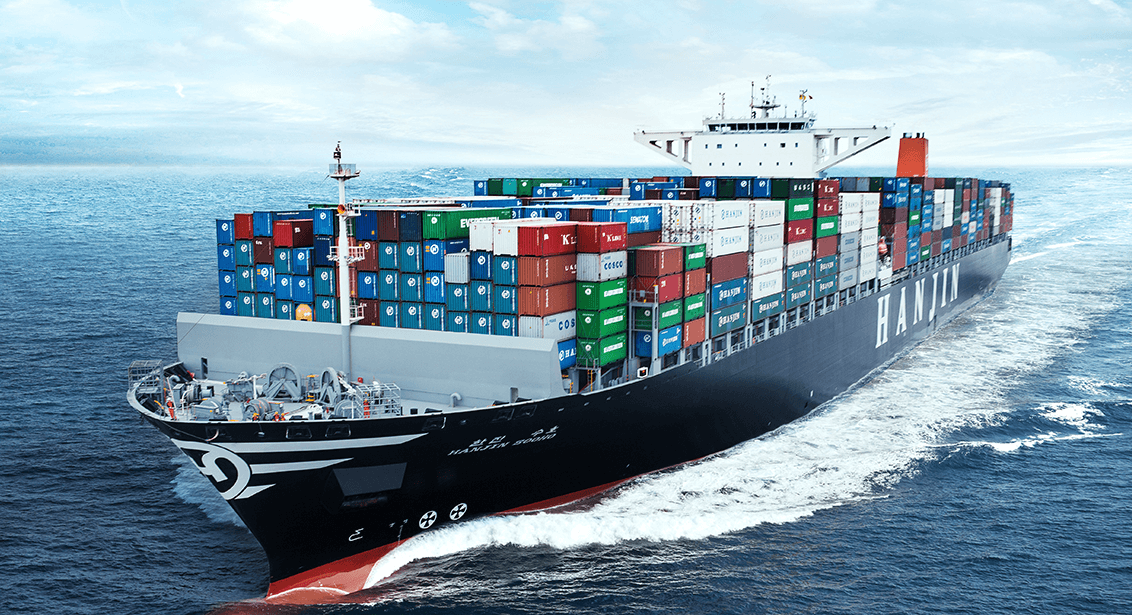
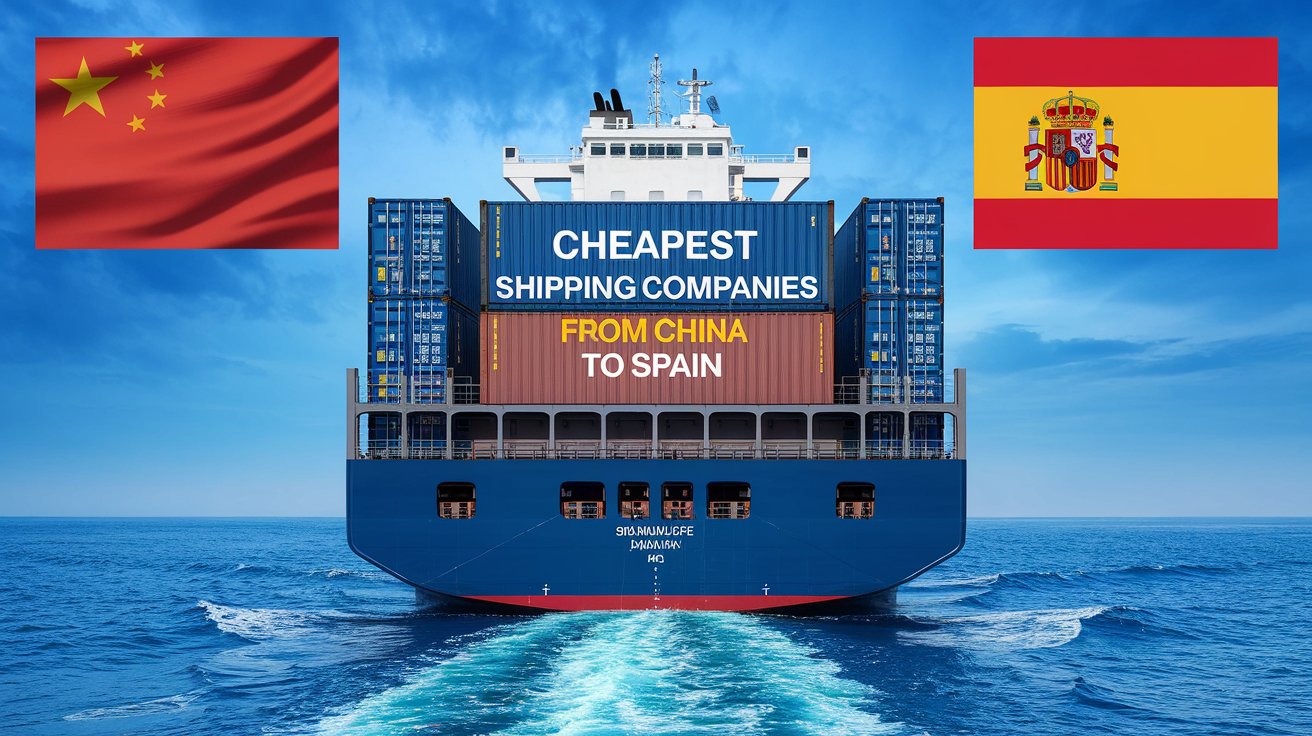
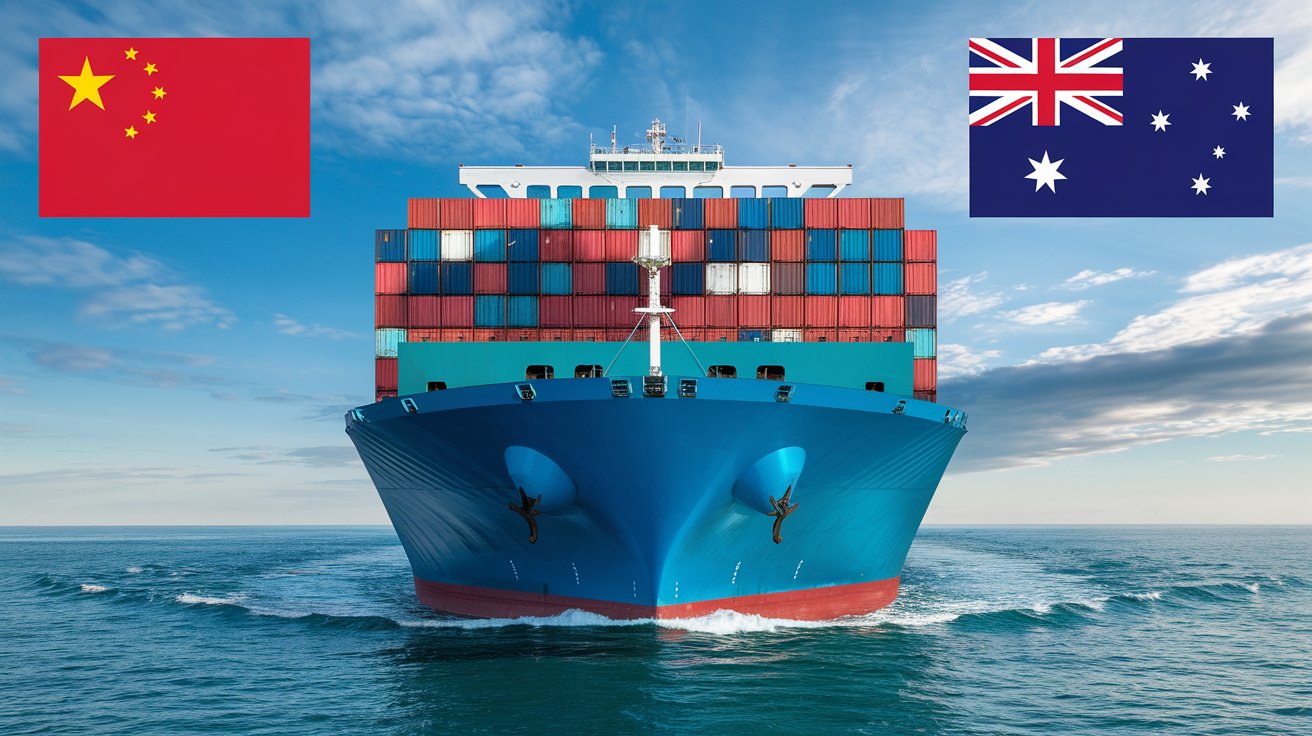





 Afrikaans
Afrikaans Shqip
Shqip አማርኛ
አማርኛ العربية
العربية Հայերեն
Հայերեն Azərbaycan dili
Azərbaycan dili Euskara
Euskara Беларуская мова
Беларуская мова বাংলা
বাংলা Bosanski
Bosanski Български
Български Català
Català Cebuano
Cebuano Chichewa
Chichewa 简体中文
简体中文 繁體中文
繁體中文 Corsu
Corsu Hrvatski
Hrvatski Čeština
Čeština Dansk
Dansk Nederlands
Nederlands English
English Esperanto
Esperanto Eesti
Eesti Filipino
Filipino Suomi
Suomi Français
Français Galego
Galego ქართული
ქართული Deutsch
Deutsch Ελληνικά
Ελληνικά Kreyol ayisyen
Kreyol ayisyen Harshen Hausa
Harshen Hausa Ōlelo Hawaiʻi
Ōlelo Hawaiʻi עִבְרִית
עִבְרִית हिन्दी
हिन्दी Hmong
Hmong Magyar
Magyar Íslenska
Íslenska Igbo
Igbo Bahasa Indonesia
Bahasa Indonesia Gaeilge
Gaeilge Italiano
Italiano 日本語
日本語 Basa Jawa
Basa Jawa ಕನ್ನಡ
ಕನ್ನಡ Қазақ тілі
Қазақ тілі ភាសាខ្មែរ
ភាសាខ្មែរ 한국어
한국어 كوردی
كوردی Кыргызча
Кыргызча ພາສາລາວ
ພາສາລາວ Latin
Latin Latviešu valoda
Latviešu valoda Lietuvių kalba
Lietuvių kalba Lëtzebuergesch
Lëtzebuergesch Македонски јазик
Македонски јазик Malagasy
Malagasy Bahasa Melayu
Bahasa Melayu മലയാളം
മലയാളം Maltese
Maltese Te Reo Māori
Te Reo Māori मराठी
मराठी Монгол
Монгол ဗမာစာ
ဗမာစာ नेपाली
नेपाली Norsk bokmål
Norsk bokmål پښتو
پښتو فارسی
فارسی Polski
Polski Português
Português ਪੰਜਾਬੀ
ਪੰਜਾਬੀ Română
Română Русский
Русский Samoan
Samoan Gàidhlig
Gàidhlig Српски језик
Српски језик Sesotho
Sesotho Shona
Shona سنڌي
سنڌي සිංහල
සිංහල Slovenčina
Slovenčina Slovenščina
Slovenščina Afsoomaali
Afsoomaali Español
Español Basa Sunda
Basa Sunda Kiswahili
Kiswahili Svenska
Svenska Тоҷикӣ
Тоҷикӣ தமிழ்
தமிழ் తెలుగు
తెలుగు ไทย
ไทย Türkçe
Türkçe Українська
Українська اردو
اردو O‘zbekcha
O‘zbekcha Tiếng Việt
Tiếng Việt Cymraeg
Cymraeg יידיש
יידיש Yorùbá
Yorùbá Zulu
Zulu